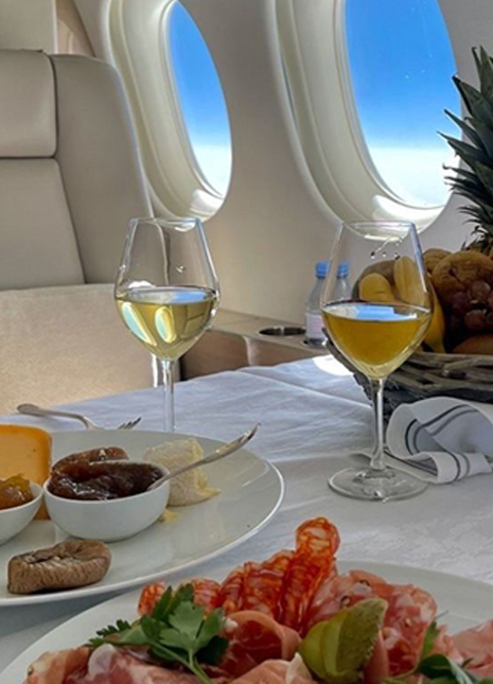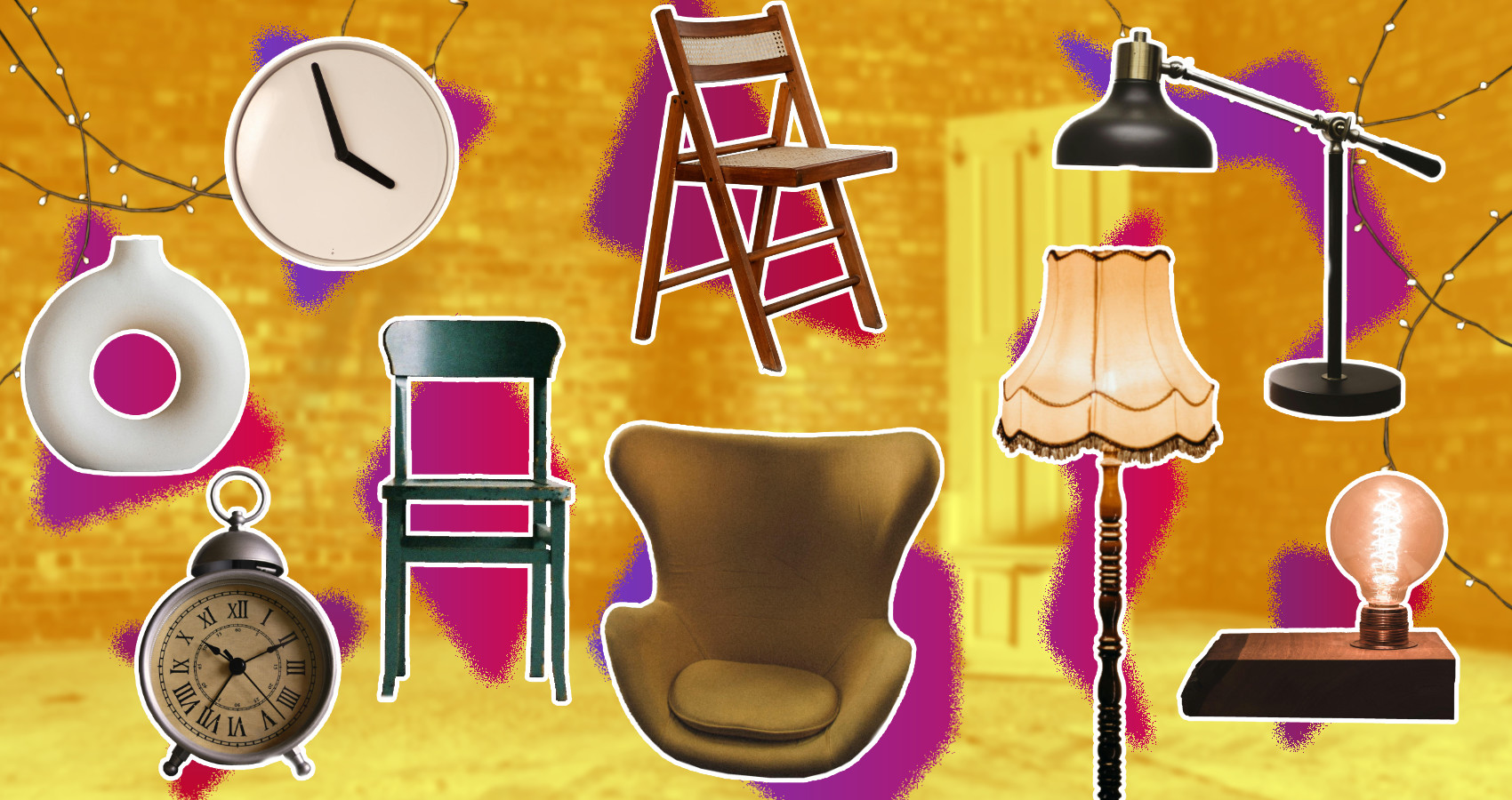
Combining Different Interior Design Styles
Harmonize diverse styles for a cohesive, unique living space.
Interior design is a personal journey. It’s a way to reflect your tastes, experiences and personality throughout your home. One of the most exciting and creative aspects of interior design is the ability to mix and match assorted styles. When done correctly, blending multiple design styles can result in a unique and harmonious space that feels both cohesive and dynamic.
Understanding the Basics of Interior Design Styles
Before diving into the mix-and-match approach, it’s essential to understand the characteristics of various interior design styles.
Modern: Clean lines, minimalist approach, neutral colors and functional furniture.
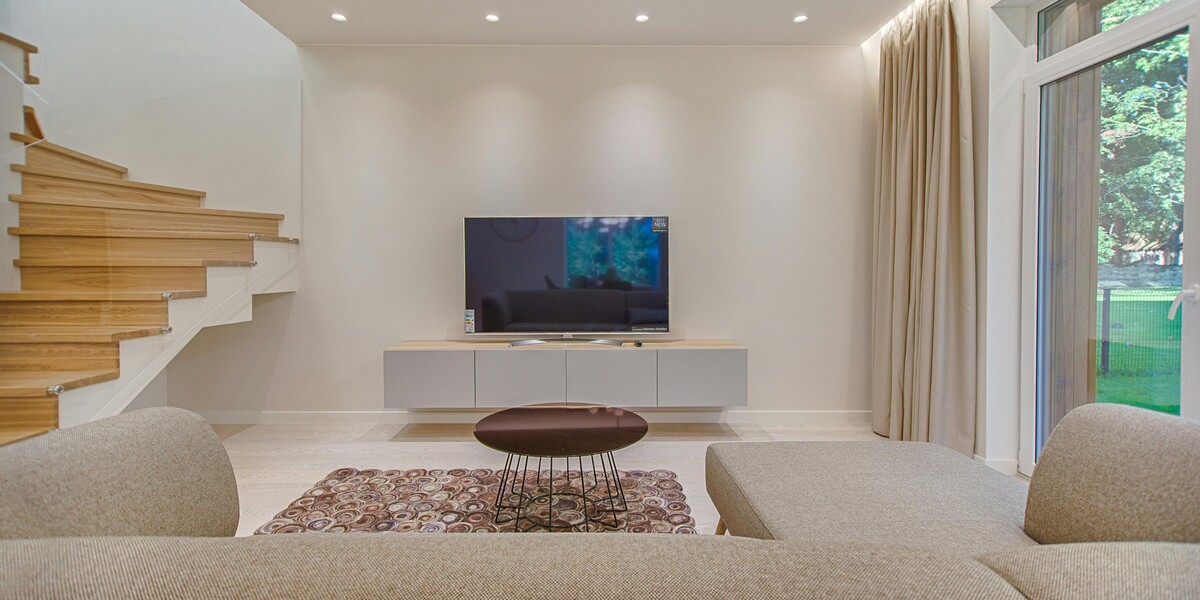
Traditional: Classic furnishings, rich colors, ornate details, elegant fabrics and wood flooring.
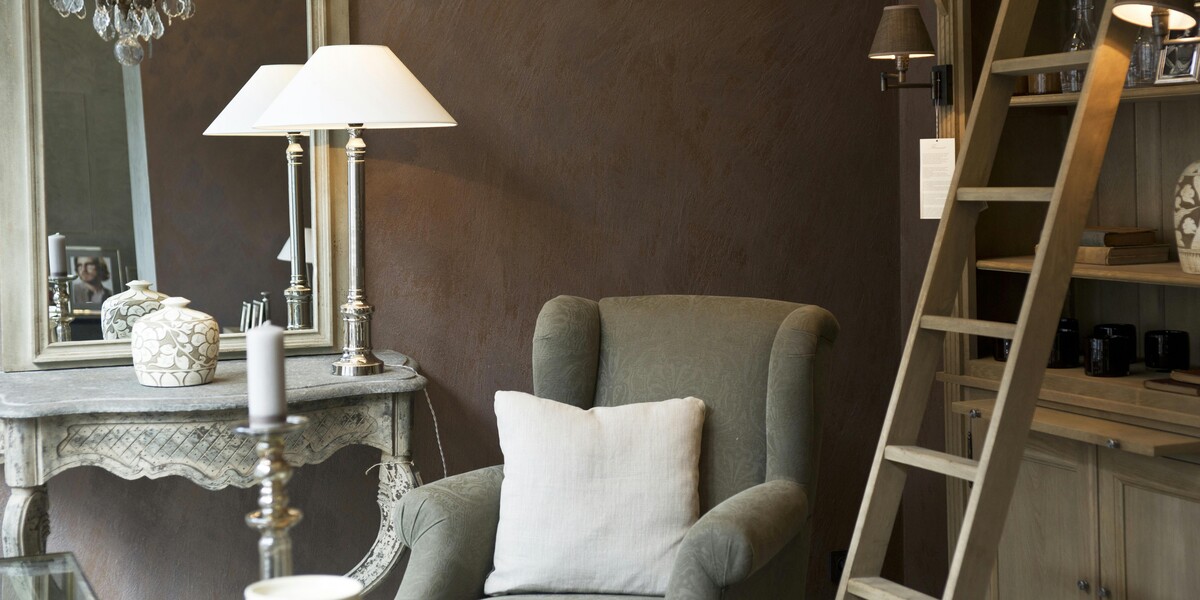
Industrial: Raw materials, exposed beams and pipes, metal and wood elements along with a rugged, unfinished look.

Bohemian: Eclectic mix, vibrant colors, layered textiles and a relaxed, artistic vibe,

Scandinavian: Simple and functional, light colors, natural materials with a focus on comfort and coziness (hygge).
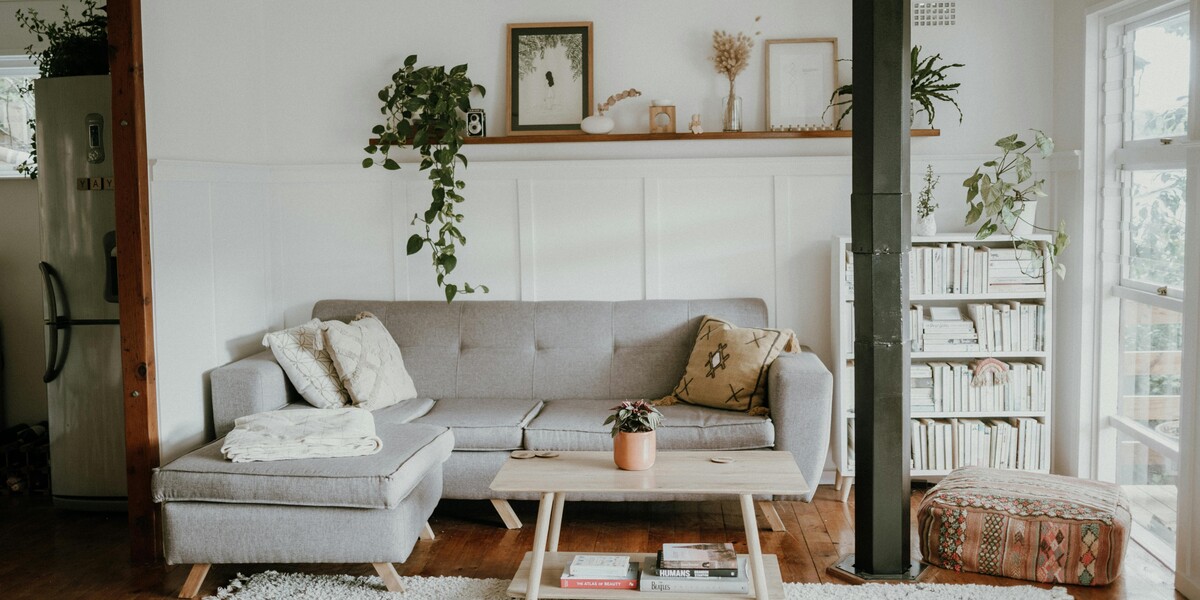
Mid-Century Modern: Sleek lines, organic shapes, functional forms along with a mix of traditional and non-traditional materials.
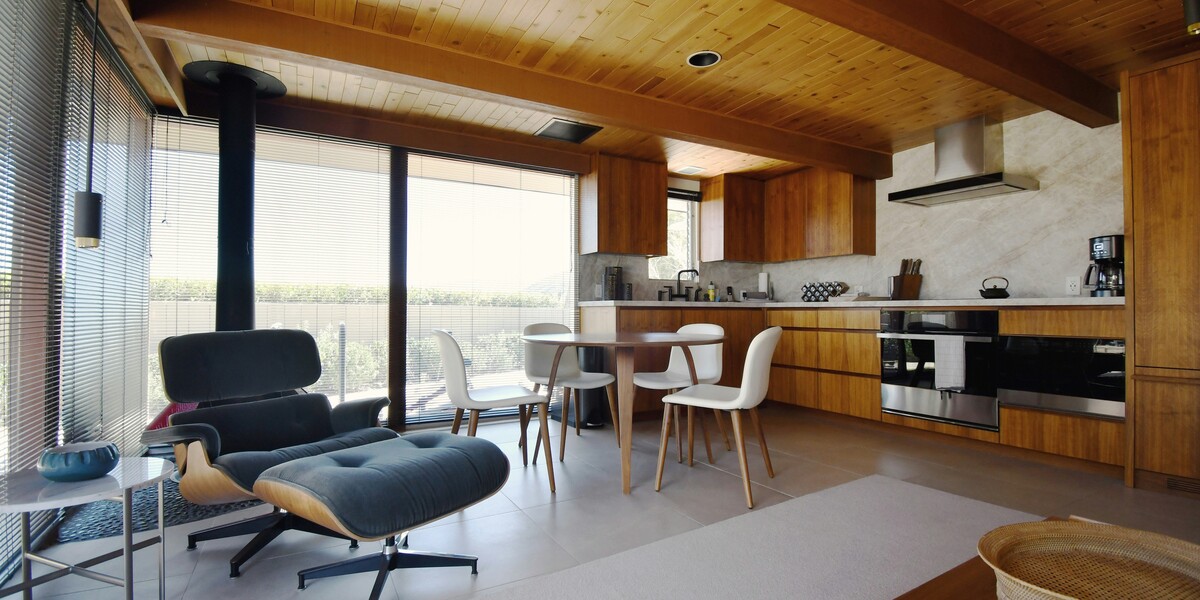
Farmhouse: Rustic charm, distressed wood, vintage accessories and an inviting feel.

Tips for Blending Multiple Design Styles
Find a Common Thread: The first step in blending distinctive styles is to find a common thread that ties them together. This could be a color palette, material or a design element. For example, if you’re combining modern and farmhouse styles, you might use a neutral color palette with pops of black and white. Incorporating materials like wood and metal, which are common in both styles.
Balance is Key: Balance is crucial when mixing design styles. You want to ensure that no single style overwhelms the space. A good rule of thumb is to follow the 80/20 rule: choose one dominant style that makes up about 80% of the design and use the other style for the remaining 20%. This approach helps to create a cohesive look, while still allowing you to mix multiple styles together.
Create Contrast: You can add visual interest and depth to your space by pairing contrasting elements from assorted styles. For example, juxtapose sleek and modern furniture with a rustic and vintage coffee table. The key is to create a balance between the contrasting elements so that they complement each other rather than clash.
Use a Neutral Base: Starting with a neutral base provides a blank canvas that allows various styles to shine without overwhelming the space. Neutral-coloured LVT flooring as well as walls and large pieces of furniture can anchor your room. Providing a cohesive backdrop for more eclectic elements. Once you have a neutral foundation, you can layer in distinctive styles through accessories, textiles and smaller pieces of furniture.
Mix Textures and Materials: Combining different textures and materials is an excellent way to blend styles. For example, if you’re merging industrial and bohemian styles, you might pair a leather sofa with a woven rug and colorful cushions. The juxtaposition of rough and smooth, hard and soft, can create a harmonious and visually appealing space.
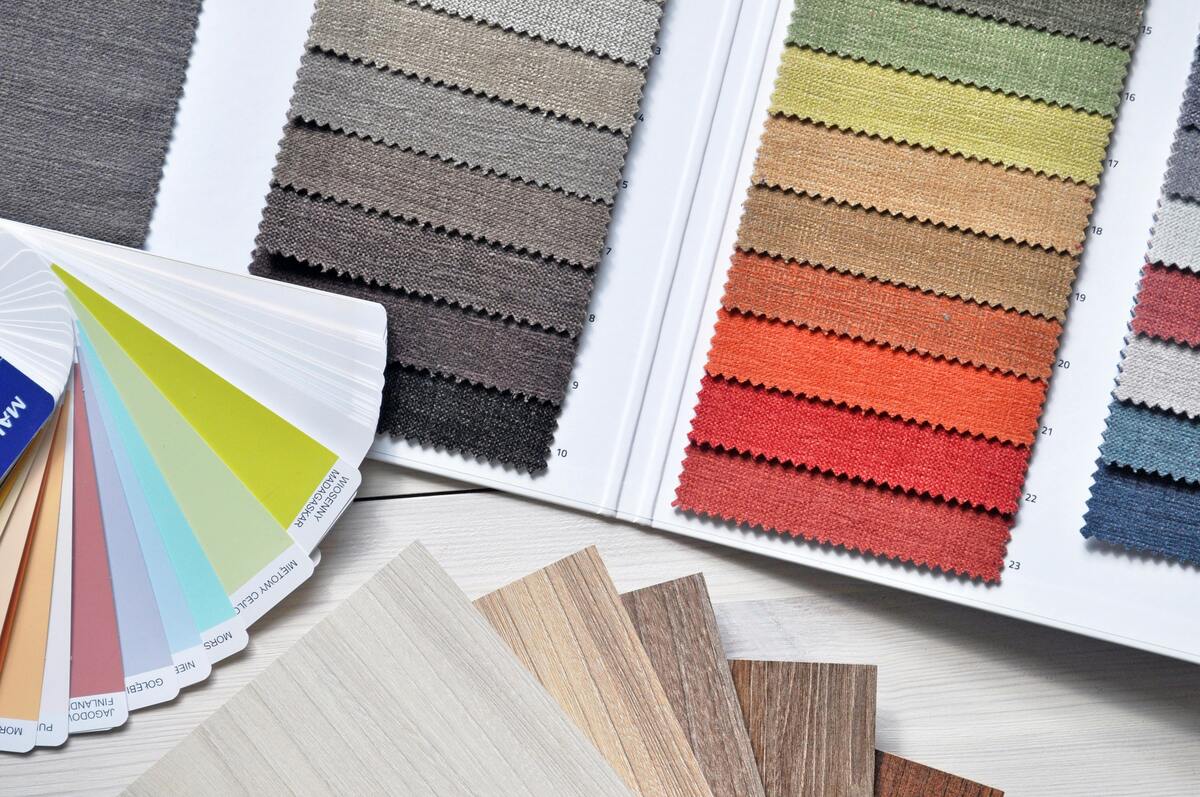
Unify with Colour: Using a consistent color palette can help unify different styles and create a cohesive look. Choose a few key colors and use them throughout the space in several ways; think furniture, accessories and textiles. This will help tie the different elements together, ensuring your space feels cohesive.
Blend Old and New: Combining vintage and contemporary pieces can add character and depth to your space. An antique sideboard can look stunning next to a modern sofa; a contemporary piece of art can complement a traditional armchair. Mixing old and newly creates a dynamic and layered look that tells a story and reflects your unique style.
Focus on Functionality: Regardless of the style you’re blending, you should always prioritize functionality. Ensure that the space meets your practical needs and that the design elements you choose enhance the room’s usability. Functional furniture and thoughtful layouts can help create a space that’s not only beautiful, but also practical and comfortable.
Personal Touches: Your home should reflect your personality and experiences. It’s important to incorporate personal pieces that have a special meaning to you throughout your home. Think about family heirlooms, photos, mementos and even travel souvenirs. These can be tailored to the designs you’re combining too.
Experiment and Evolve: Interior design isn’t a static process. Don’t be afraid to experiment, letting your space evolve. As you acquire new pieces and your tastes change, your space should reflect those changes. Be open to adjusting and rearranging your design elements until you achieve a look that feels right for you.
Blending Multiple Design Styles
Blending different interior design styles can be a rewarding and creative process. By following these tips and experimenting with various elements, you can create a unique and harmonious space that reflects your personality. Remember, the key to successful mixing and matching is balance, cohesion and a willingness to let your space evolve over time.




